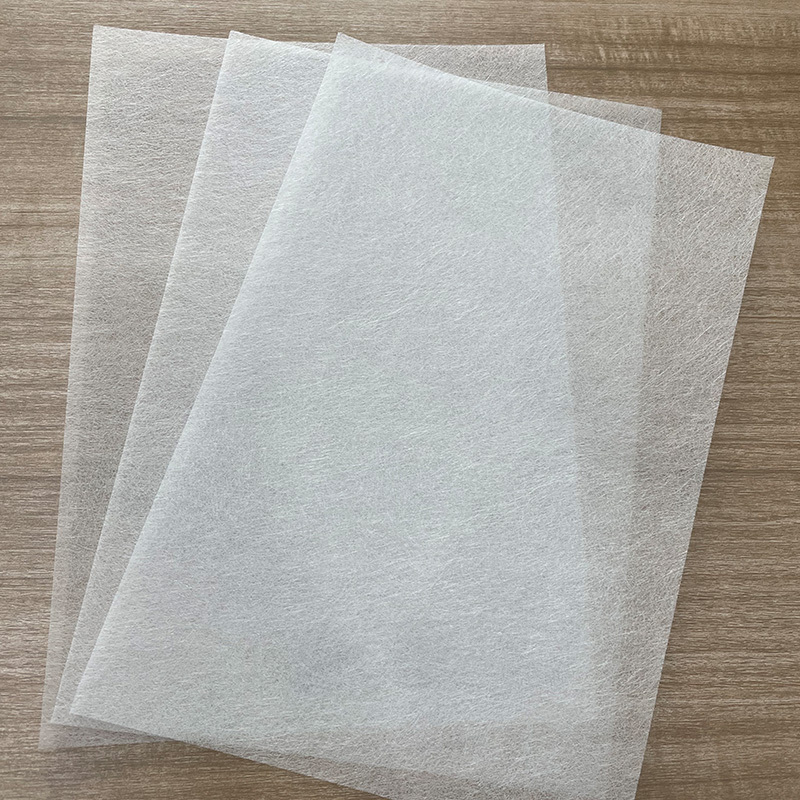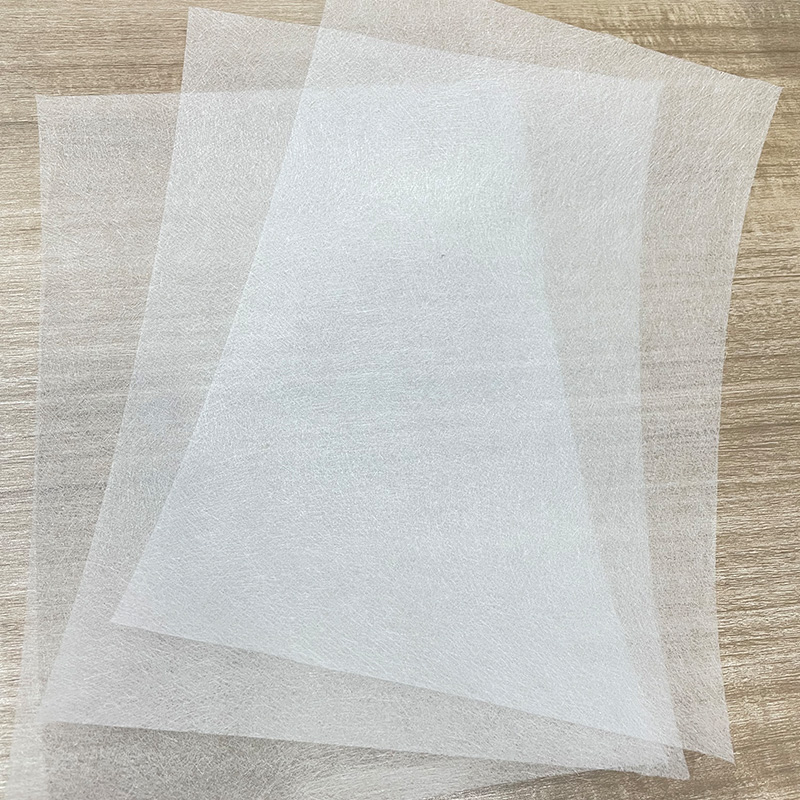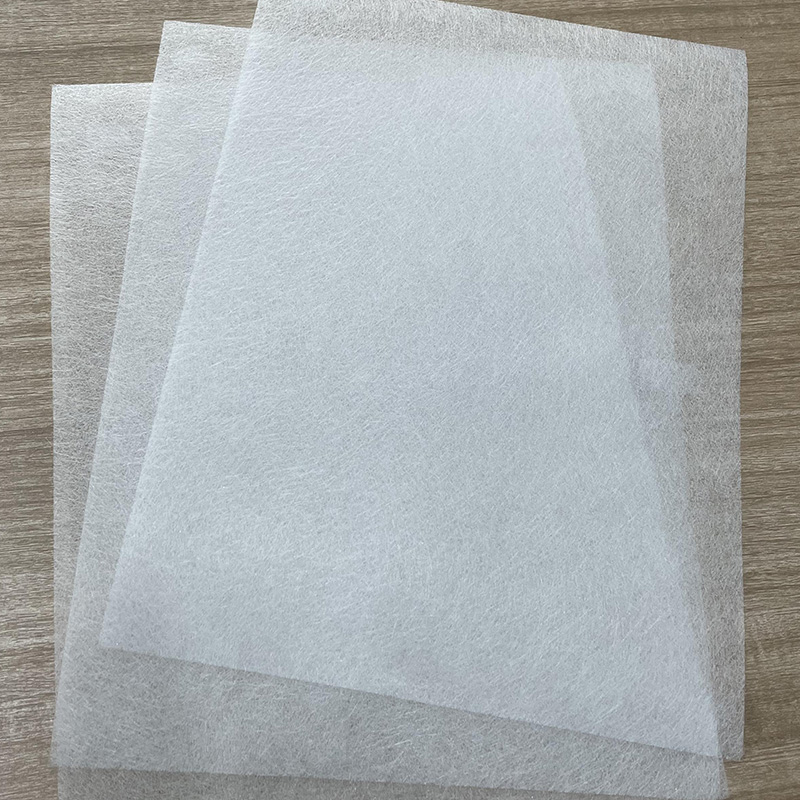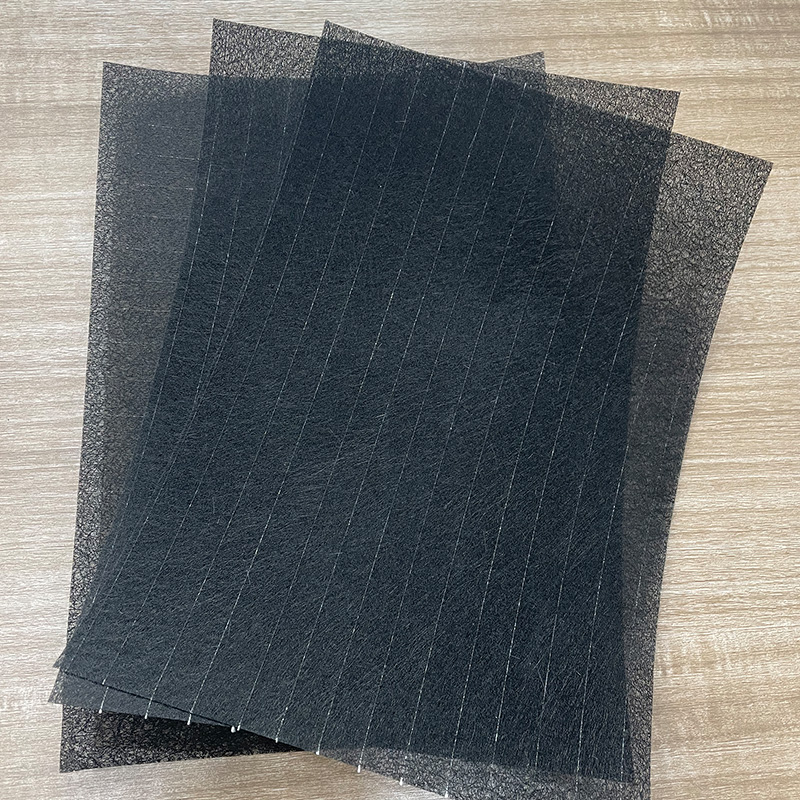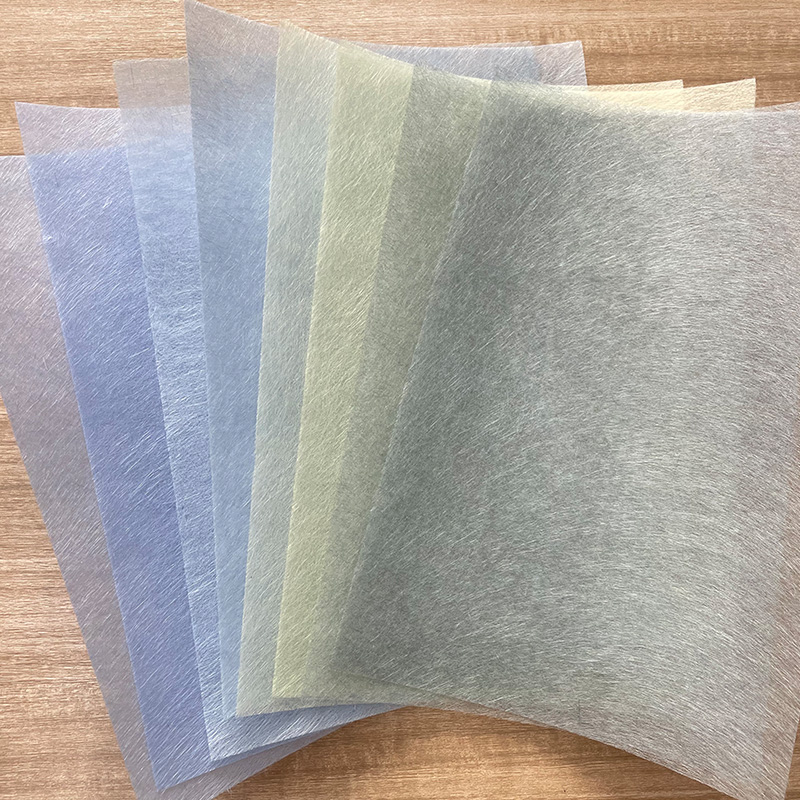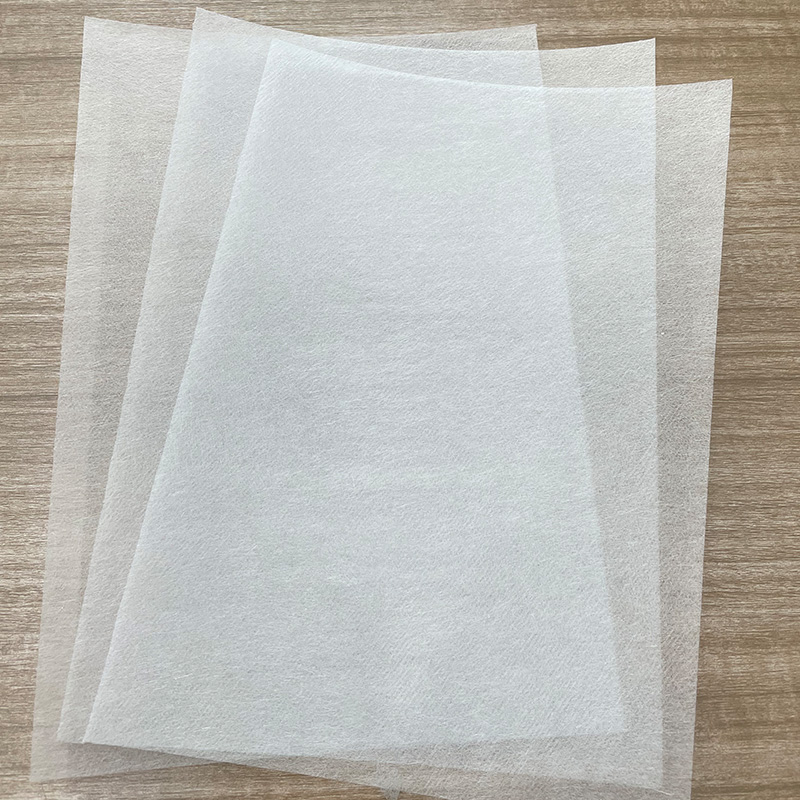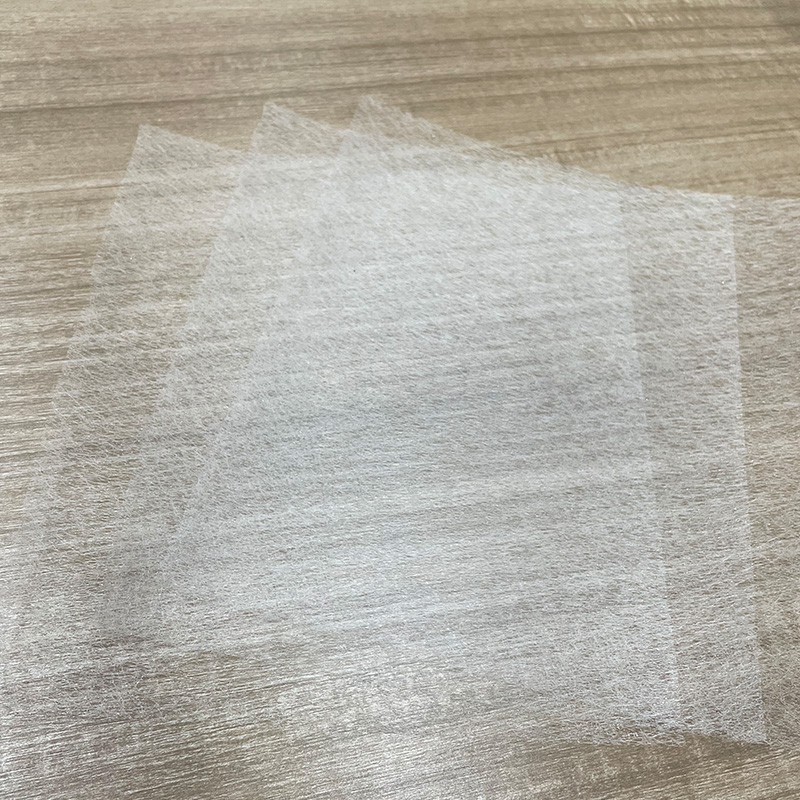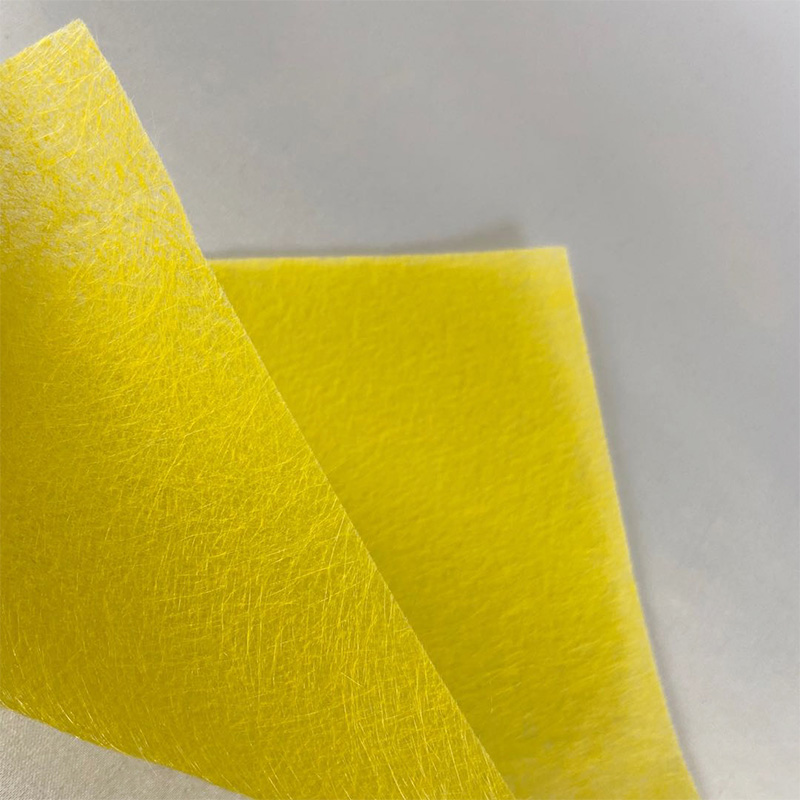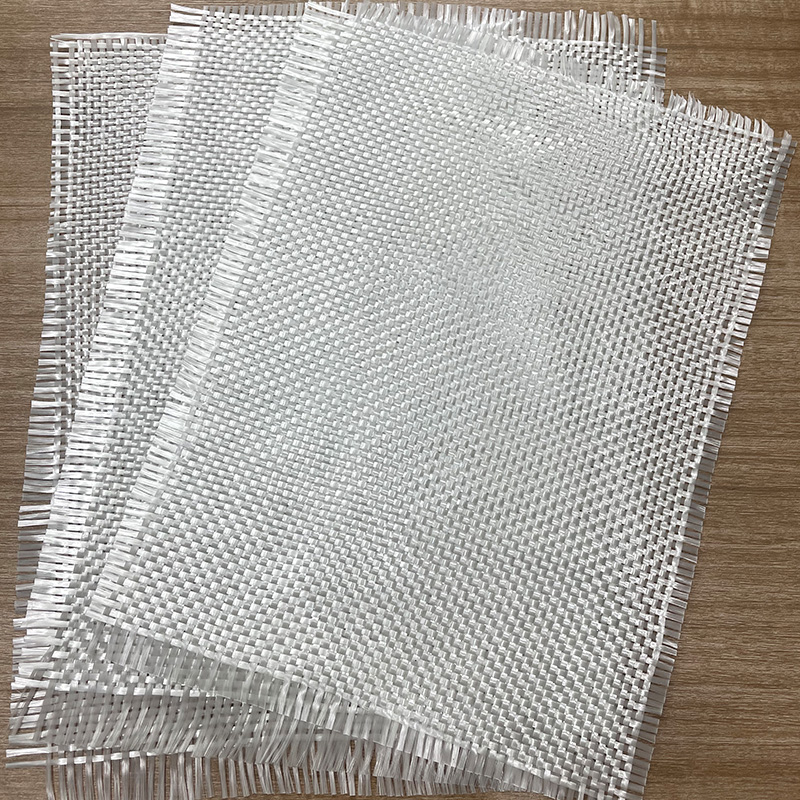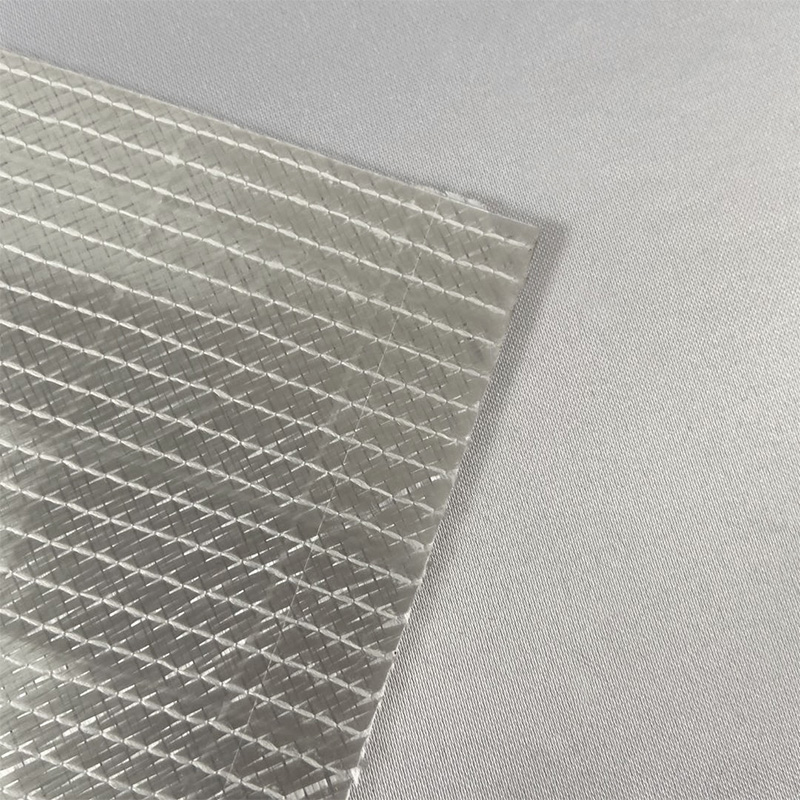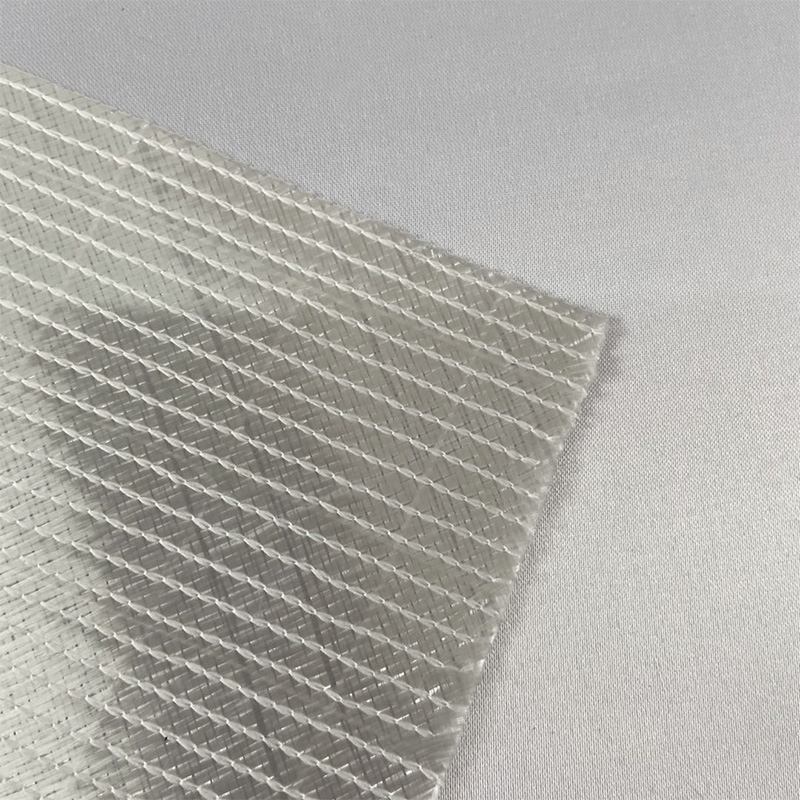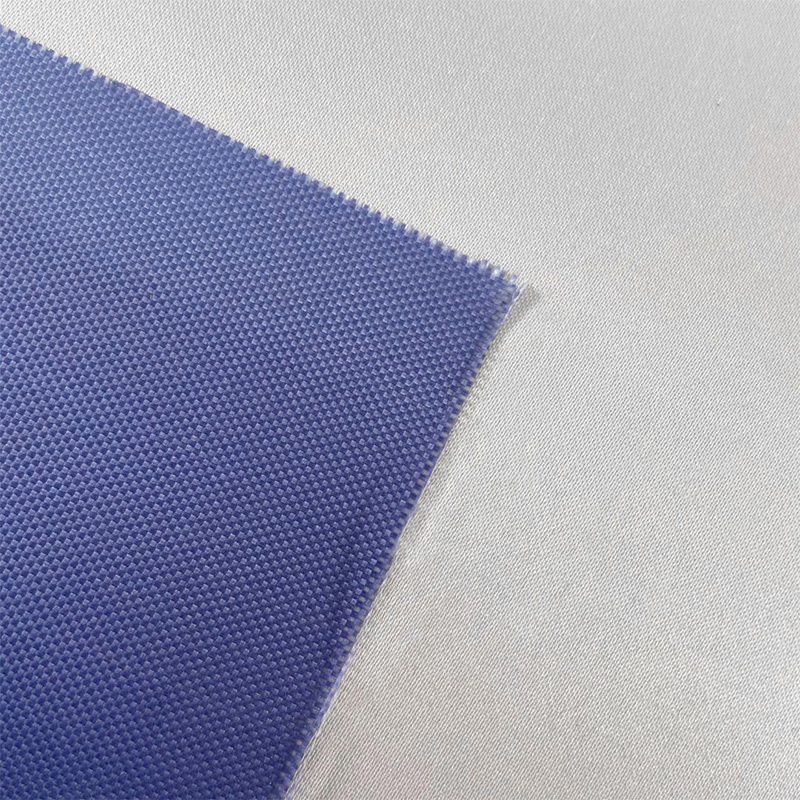As an important industrial material, the quality of glass fiber cloth is directly related to the performance and reliability of downstream products. Therefore, in the production process, strictly controlling each process and ensuring the precise execution of the production process are the key to improving the quality of glass fiber cloth.
1. Raw material processing: the basis of quality
High-quality raw materials are the basis for producing high-quality glass fiber cloth. Before production, the glass raw materials need to be strictly screened and pretreated to remove impurities, bubbles and other unfavorable factors. Through fine crushing, grinding and cleaning processes, the purity and consistency of the raw materials are ensured, providing a stable and reliable foundation for subsequent processes.
2. Melt drawing: the key to fine control
Melted drawing is the core link of glass fiber cloth production, and its quality directly affects the strength and uniformity of the fiber. At this stage, the temperature, pressure and drawing speed of the furnace need to be accurately controlled to ensure that the glass liquid flows evenly at a suitable temperature and is smoothly drawn into filaments. At the same time, it is also necessary to monitor the drawing process in real time and adjust the process parameters in time to prevent problems such as broken wires and uneven thickness.
3. Weaving process: ingenious weaving
Weaving is the key step in weaving glass fiber filaments into cloth. During the weaving process, it is necessary to select suitable looms and weaving processes to ensure that the fiber filaments are evenly arranged and tightly interwoven on the loom. By adjusting the parameters such as the tension, speed and density of the loom, the thickness, warp and weft density and surface flatness of the glass fiber cloth can be controlled. In addition, attention should be paid to the temperature and humidity control of the weaving environment to prevent the fiber filaments from generating static electricity or adhesion due to humidity changes.
4. Post-treatment: icing on the cake
Post-treatment is an important link in improving the performance of glass fiber cloth. Through coating, heat treatment, surface treatment and other methods, the wear resistance, corrosion resistance and insulation performance of the fiber cloth can be improved. For example, coating a layer of resin or protective layer on the surface of the fiber cloth can enhance its wear resistance and corrosion resistance; through the heat treatment process, the residual stress inside the fiber cloth can be eliminated and its dimensional stability and mechanical strength can be improved. In the post-treatment process, parameters such as processing time and temperature need to be strictly controlled to ensure that the treatment effect reaches the best state.
5. Quality monitoring: a barrier for comprehensive protection
In order to ensure the stable and reliable quality of glass fiber cloth, a complete quality monitoring system needs to be established. During the production process, multiple quality inspection points need to be set up to conduct comprehensive inspections on raw materials, semi-finished products and finished products. Problems in production can be discovered and corrected in a timely manner through means such as appearance inspection, physical property testing and chemical analysis. At the same time, a quality traceability system needs to be established to record and analyze each batch of products in detail so that the cause can be quickly located and measures can be taken when problems arise.
By strictly controlling every link of the production process, from raw material processing to melt drawing, weaving process, post-processing to quality monitoring, the quality level of glass fiber cloth can be comprehensively improved. This not only helps to meet the demand of downstream customers for high-quality products, but also enhances the market competitiveness and brand image of enterprises. In the future development, with the continuous advancement of technology and the continuous changes in the market, we will continue to optimize production processes, improve product quality and promote industry progress.
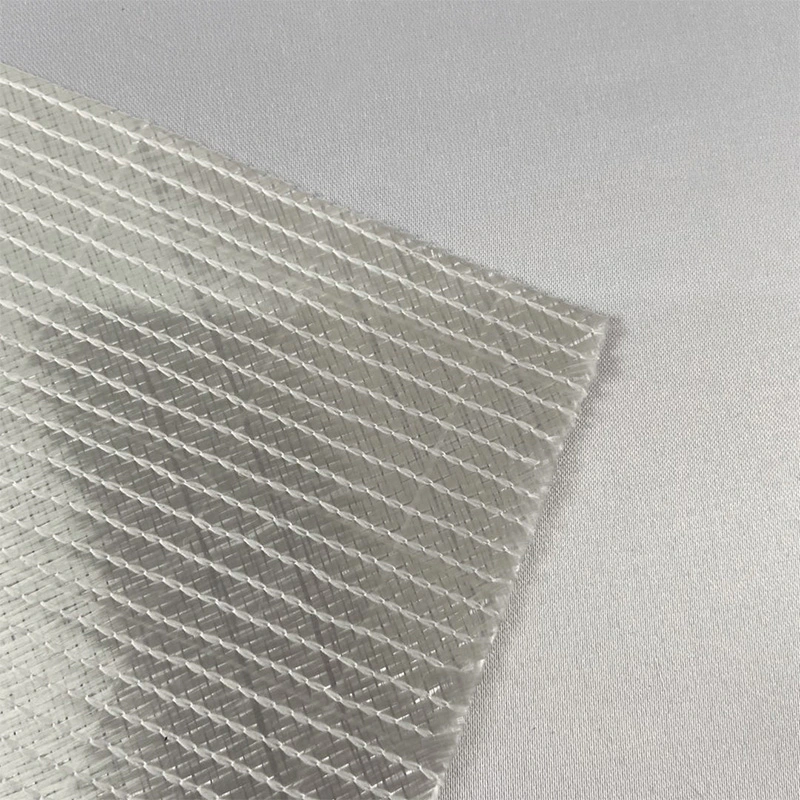

 English
English 中文简体
中文简体 русский
русский Español
Español